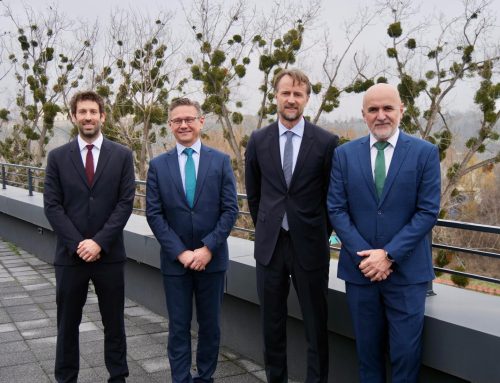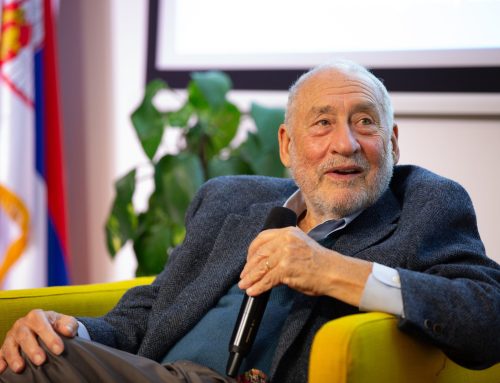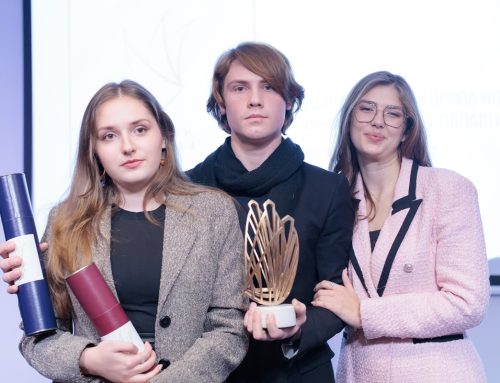Brochure “Growing Together” about the most successful EU-funded projects in Serbia was presented at EU’s Belgrade Book Fair stand; also, a film about EU’s assistance during and after floods was screened, whereas, in the afternoon debate, publishers discussed EU’s support for their publishing projects.
Brochure “Growing Together” includes the selection of 17 most successful EU-funded projects, among 600 of them that have been underway in Serbia.
Main idea was to present successful projects that have contributed to shift in living conditions in Serbia, improvement of life in various sectors, said Marina Rakic of the EU Info Centre.
Rakic said that projects were implemented in all sectors and activities in Serbia, whereas their final beneficiaries were Serbian citizens.
The publication, published and printed by the EU Info Centre, includes projects such as “Waste water treatment plant reconstruction and extension,” “Education for all,” VET support to Serbian detention facilities,” “Developing community-based services for children with disabilities and their Families,” and “Innovation Serbia project.”
According to Rakic, since 2000, the EU have donated 2,6 billion euros to Serbia.
This is the first brochure published by the EU Info Centre that deals with projects, and the plan is to publish another one, “Growing Together 2” with the selection of other successful projects, Rakic said.
Through publishing activity, we intend to bring Serbian citizens closer to conducted activities in order to show them how better life conditions were built simultaneously with improved EU-Serbia relations, Rakic said.
Communication Expert at Project Preparation Facility Serbia, Srdjan Staletovic, said that in the last 14 years, the EU had invested some 64 million euros in education in Serbia. “This money was invested in heating systems, renovation of schools, trainings for primary and secondary school teachers, provision of computers, servers, and other devices,” Staletovic said.
Speaking about the “High Education Teaching Infrastructure Project”, Staletovic said that some three years ago EU representatives announced that they had 30 million euros available for education sector and then suggested Ministry of Education to design a project that would include all five public universities and contribute to higher education the best way possible.
The list of 27 faculties was made, and within the project, some faculties were provided with money for reconstruction, whereas most of the funds were used for provision of modern and expensive equipment, such as equipment for faculties of medicine, Staletovic said.
Following the presentation of the brochure, film “EU and Serbia – Rebuilding Together” was screened, a film directed by Olivera Milos Todorovic that deals with EU assistance for the relief of May floods.
Representatives of publishing companies (Kreativni centar, Odiseja, Arhipelag, Zavet and Geopoetika) that have received EU funds for their publishing projects, discussed promotional activities through which EU’s support would be presented to public, readers, and other publishers. Similar activities would be carried out by Associations of Publishers of Serbia at Book Fairs in the country and abroad.
The debate also discussed current project Creative Europe and criteria for obtaining the support under this project.



